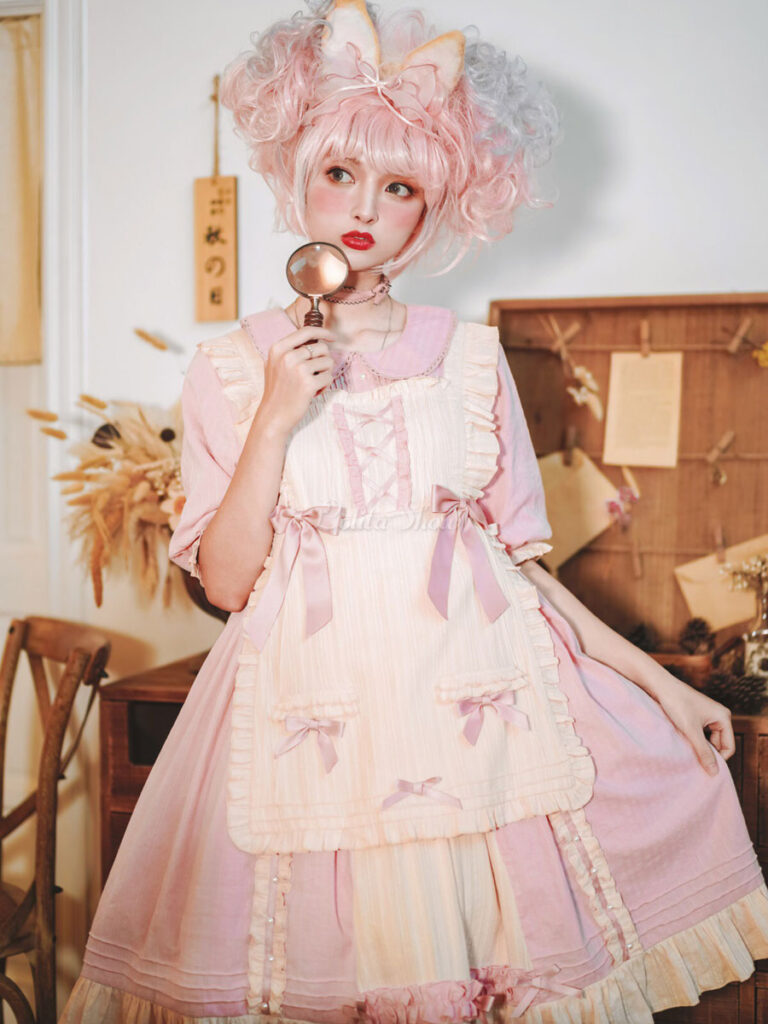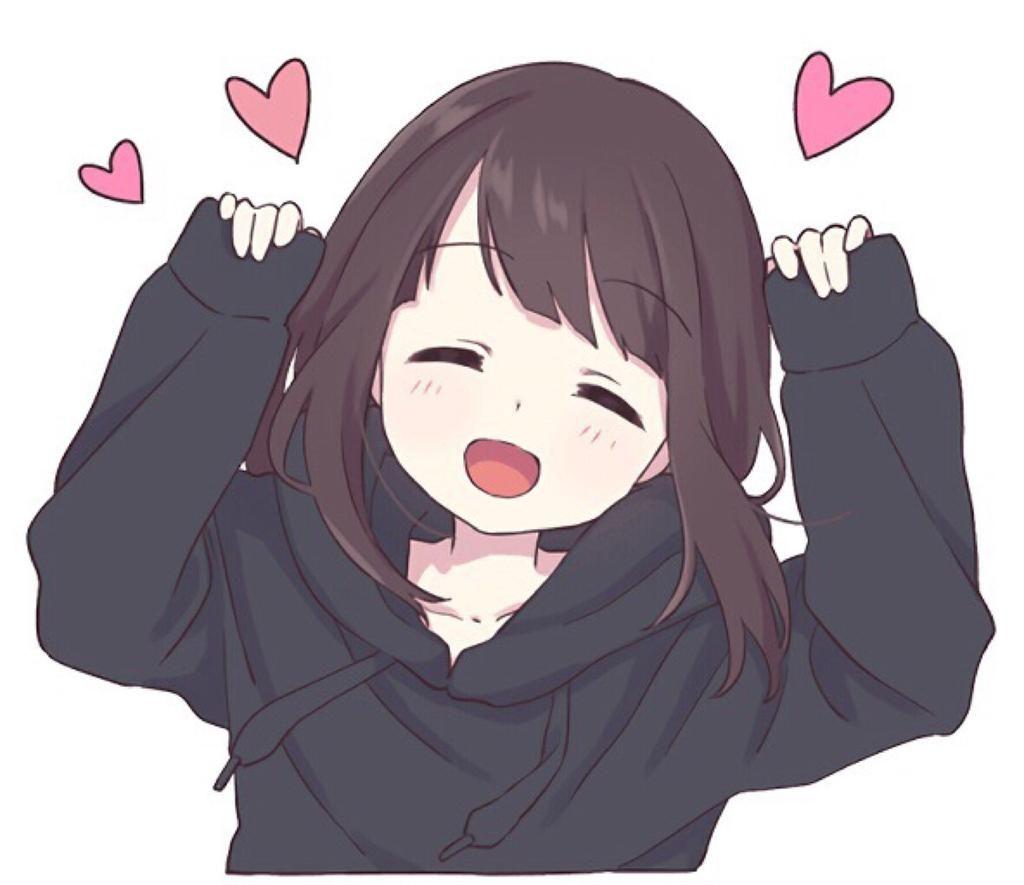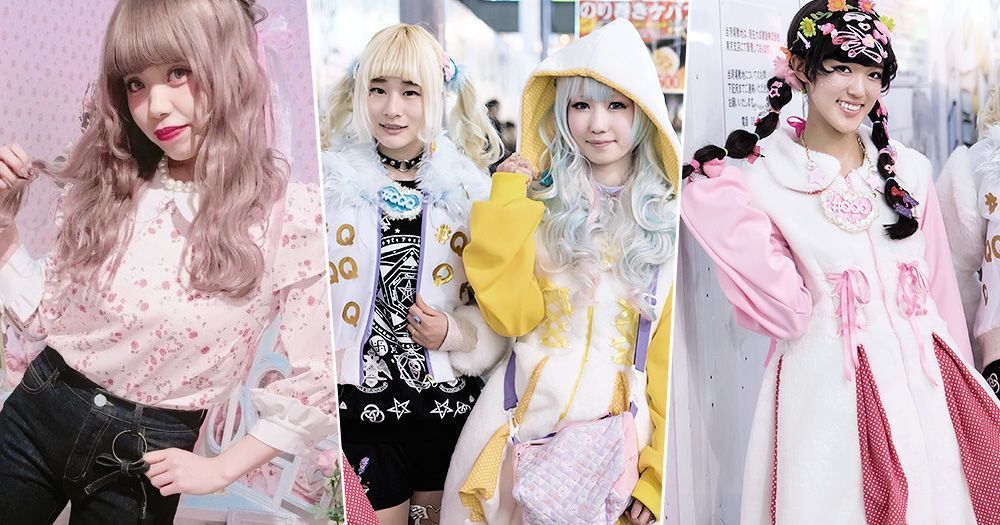By Theofanis Fousekis,
It can be said that Japan, once celebrated for its sushi and sake, as well as its futuristic offerings and rich cultural heritage has, in recent years, expanded its horizon beyond the East and has integrated itself into the West. Anime, manga, food and fashion that were unique to Japan can now be found in Europe and certainly in the USA. This is also the case of the subculture fashion of kawaii.
A brief history
かわいい or Kawaii is the culture of cuteness in Japan. As the name suggests, the “cute” culture firstly originated in Japan, emerging out of the student protests of the late ’60s. Fighting against authority, Japanese students refused to go to lectures and preferred to read children comics, more commonly known as manga, in protest against prescribed academic knowledge.
With the economic evolution of the ’70s and the ’80s, the general climate around subcultures flourished and so did kawaii. As a style, it began to be expressed though childish handwriting, speech, dresses and food. These were also the decades when women gradually started to become part of the working force and so did the “burikko” or more commonly known as childlike women. They used to portray innocence and adorability as part of their femininity which would alleviate the threat of female emancipation while increasing their appeal to a possible suitor.
The ’90s was the decade when Japanese subcultures started to expand into the international market. In 1990, Japan was suffering from a heavy economic crisis that pushed further the usage of subcultures. Banks and commercial airlines began to explore kawaii and its meaning as a marketing strategy aimed to increase their appeal, propagating the soft effect of power of Japanese modernity. At a period when Nissan, Mitsubishi, Sony and Nintendo contributed to the breakthrough of their respective industries, so did Japanese anime, films and music. The ’90s gave birth to the ultimate kawaii teen brand of Hello Kitty which in a few years produced products for pre-adolescent and adolescent girls.
The real meaning
As stated above, kawaii means cute. Specifically, it means a delicate cuteness, like a weak, small type of thing. It is also used as an embodiment of everything that is happy and positive. In everyday Japanese life, it is used from big-eyed mascots to more mundane things such as cars and even donuts. In the western world, though, it is used to describe cosplays, sweets and anything that can go under the umbrella “ultra-cute” for the eyes of the beholder.
Overall, the appeal of kawaii comes from bright, soft, small and round adolescent-like features. However, in the beginning it did not have this kind of meaning. On the contrary, it was used to look down upon someone. It was a term that was used to describe people who were thought to be beneath the other in stature. Progressively though it has come to replace the word “pretty” or “beautiful”.
One man can be associated with the popularization of the word kawaii: Rune Naito. In his drawings that embellish the word “cute”, he adds large heads on smaller bodies along with features of babies rather than adults. In the early stages of his career, his work was not as popular and sometimes it was characterised as odd and immature. But at a period when Japanese women were expected to mature early in order to populate the country with the future labor force and army recruits, Naito’s work became a trend.
It was seen as an artistic effort dedicated to the adolescence that these women had lost too early -for the greater common good. It also casted adolescents in a more desirable way and thus contributed in changing the meaning of the word “attractive” within the country. Other influential artists included Macoto Takahashi and Masako Watanabe. Thanks to their contribution, they drew the way to a more mature kawaii figure which included the notion of eroticism, albeit in an innocent way. As a result, today it can be seen as cute and sexy, as being adult yet innocent.
Many world-famous cartoon characters were created at the base of kawaii like Pikachu, Hello Kitty and Sailor Moon. Evolving further from television and films, companies around the globe have started offering goods to those who love kawaii items with the most renowned example of Hello Kitty products marketed towards those who have an obsession with the ultra-adorable craze.

The dark side of kawaii
Although, kawaii has become a global trend that even celebrities have seen to adopt such as Niki Minaj in her song “Anacoda”, some people support that this cuteness may have given rise to the wrong stereotypes.
For example, the Lolita fashion was borne from kawaii. Grown women started dressing as cute schoolgirls and the term took an even darker turn when hentai porn was presented to the world. A trend in pornography that became so popular that it is the second most searched term in several sites.
In addition, many supports that it passes the wrong idea of femineity. Feminists say that kawaii and the Lolita fashion present women as fragile, small and vulnerable. Although this may have been the case in the ’80s and the ’90s for women forced by society to find a suitor, today gender roles are undergoing changes. Nowadays, a big percentage of women consist a dynamic part of the workforce; they enjoy the liberty of choosing if and who they will marry and surely, they are not perceived as fragile anymore. Furthermore, the whole small, cute with cat ears has actually driven many women to cosmetic surgeries with the most notable example of Britain’s very own kawaii “cosplay” crossover star: Belle Delphine.
But it is still bright
Recently, a new trend around kawaii has flourished: Yami-Kawaii where fashion meets depression. “Yami” means sick or alluding to the hospital. Yami-Kawaii is a “sick-cute” aesthetic that has been bubbling out of Tokyo’s streets and is manifest in accessories such as fake guns, gas masks, pills and needles. Mixing pastel and dark elements, it represents the fight against Japan’s biggest enemy: depression and mental illness.
Japan records high percentages of suicide, depression and melancholia. As a collectivist country, the ideal remains that one has to be a functional member of society. If someone cannot fulfil this role then they are stigmatized while they do not have access to jobs and social life. At the same time, the mental services in Japan have been globally criticised due to excessive numbers of patients, insufficient community resources and the infringement of human rights concerning individuals suffering from mental illnesses.
This is where the ambition of Bisuko Ezaki, pioneer of the movement, comes into play. Through his drawings of Menhera-chan, he represents a silent form of protest in trying to raise awareness regarding this growing problem within the Japanese culture. By allowing others to read their innermost thoughts printed on their clothes those who are adopting the style are making a statement. Their goal is to embrace darkness through their cuteness and find refuge in the truth that is offered to them since by looking to the pinks and pastels of the sweet fashion, they can also see the dark messages behind.
Finally, people who everyone thinks that they exist only on the internet, they exist in real life too. Kawaii fashion and its sub elements represent an expression of individual fears and problems in every era. In the beginning, it was the social protocol for women that had driven them to kawaii. Today silence around Japan’s biggest problem has led to the creation of Yami-Kawaii. Although, they are different approaches of the same basis they both allow a new sense of freedom for people to indulge in.





